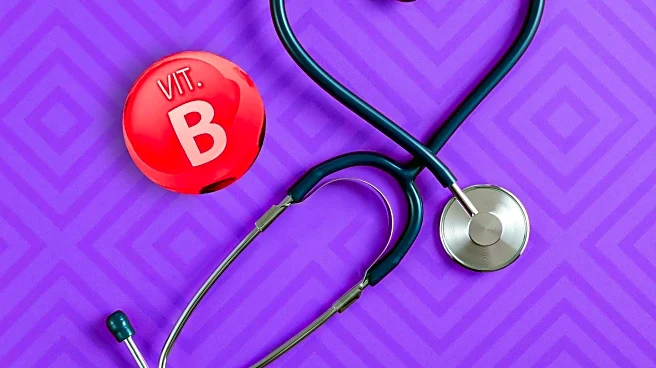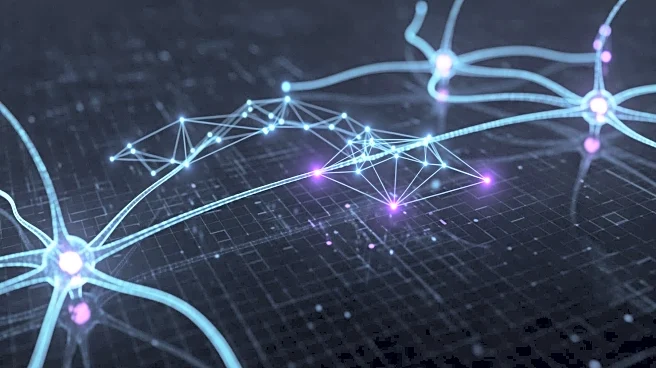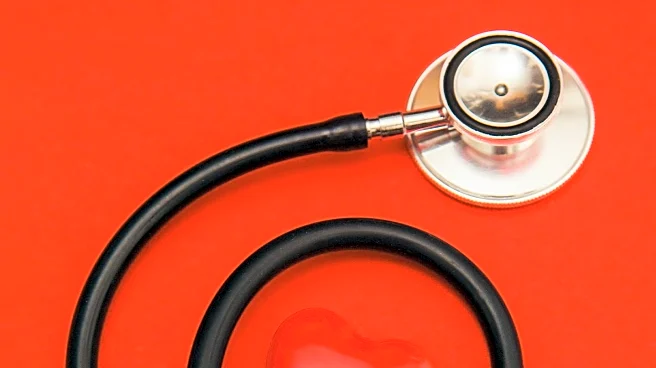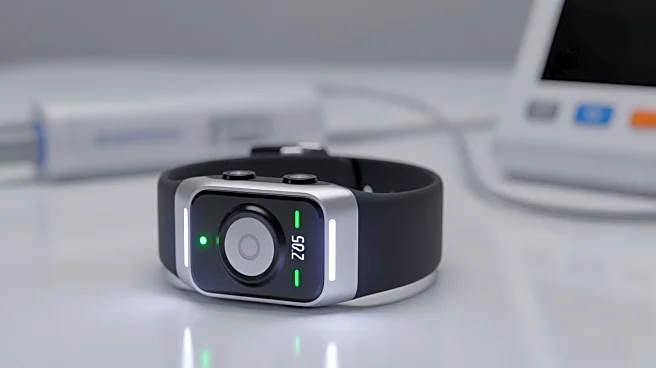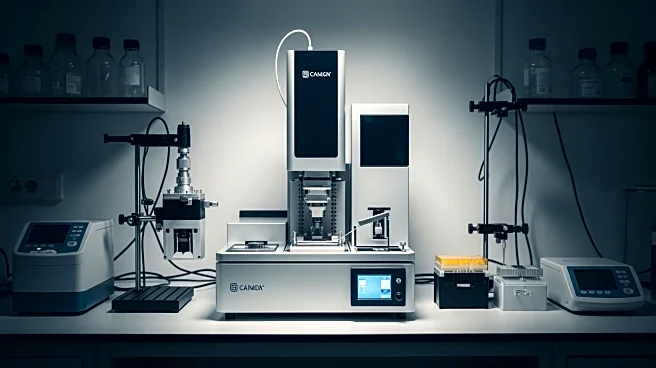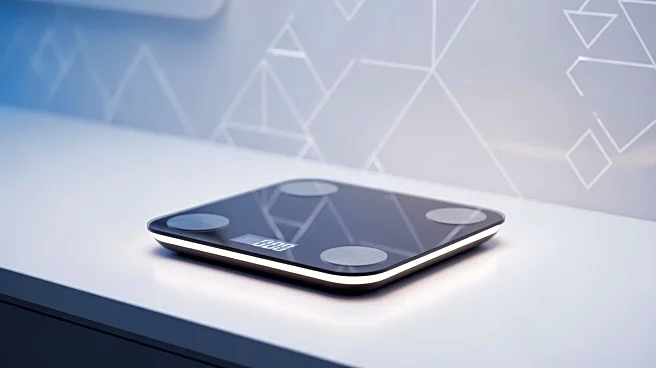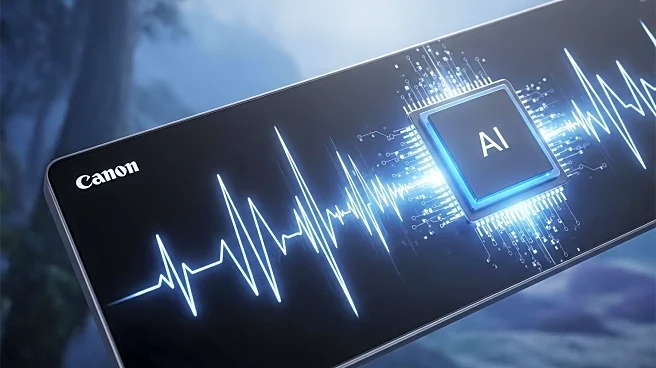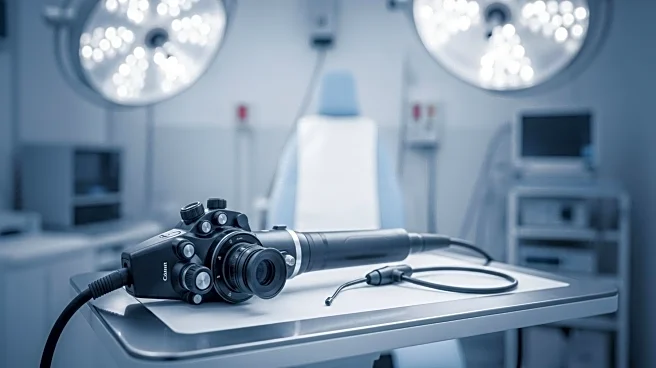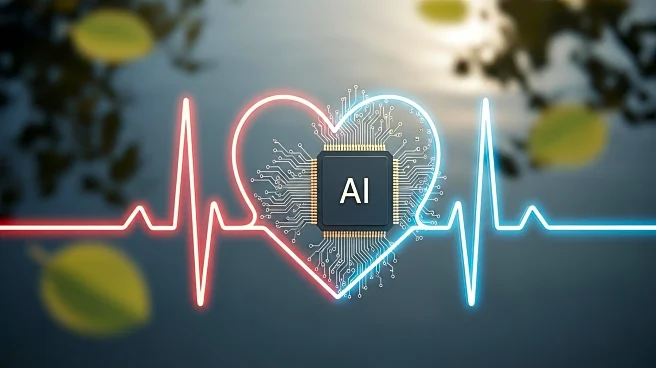What's Happening?
A new dataset has been developed to improve heart rhythm assessment using ballistocardiogram (BCG) technology. This dataset includes reference electrocardiogram (ECG) signals and was created with the participation of 46 individuals, both with and without
cardiovascular disease. The BCG signals were collected using a custom mattress-mounted system, which allows for non-invasive monitoring of heart rhythms during sleep. This technology offers a promising alternative to traditional ECG, which requires direct skin contact. The dataset aims to support long-term cardiovascular monitoring and improve the accuracy of heart rhythm assessments.
Why It's Important?
The development of this dataset represents a significant advancement in non-invasive cardiovascular monitoring. By providing a reliable method for assessing heart rhythms without the need for direct skin contact, BCG technology could enhance patient comfort and compliance, particularly for long-term monitoring. This could lead to earlier detection of cardiovascular issues and more timely interventions, potentially improving patient outcomes. Additionally, the dataset's inclusion of diverse participants ensures its applicability to a wide range of real-world scenarios, making it a valuable resource for researchers and healthcare providers.
What's Next?
The dataset is expected to facilitate further research into the applications of BCG technology in cardiovascular monitoring. Researchers may use this data to develop new algorithms and tools for more accurate heart rhythm assessments. As the technology advances, it could be integrated into consumer health devices, expanding its reach and impact. The ongoing validation and refinement of BCG technology could also lead to its adoption in clinical settings, providing healthcare professionals with a new tool for monitoring and diagnosing cardiovascular conditions.
Beyond the Headlines
The use of BCG technology in heart rhythm monitoring highlights the growing trend towards non-invasive medical diagnostics. This approach aligns with broader efforts to improve patient experience and accessibility in healthcare. As technology continues to evolve, it may pave the way for more personalized and preventive healthcare solutions, ultimately transforming how cardiovascular health is monitored and managed.
